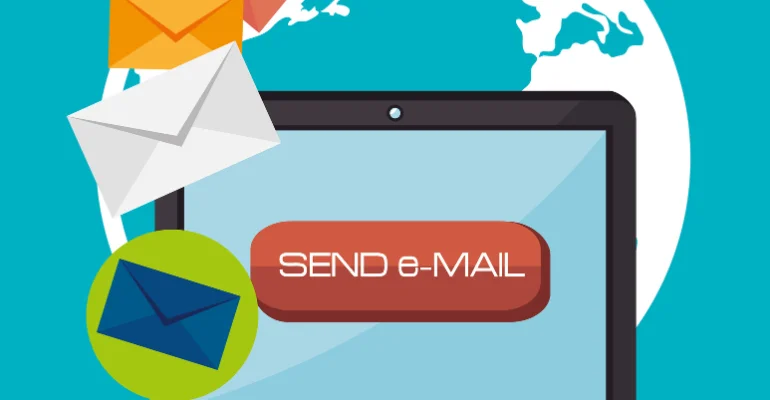Shopper Recognition: Transforming Retail Through Early Identification
In the realm of retail, the concept of shopper recognition holds the promise of revolutionizing the customer experience by bridging the gap between anonymity and personalized engagement. Traditionally, recognition in retail has been confined to the checkout phase, leaving the bulk of the shopping journey devoid of personalization. However, the advent of early shopper identification is poised to change this paradigm, offering brands the opportunity to tailor experiences, surface shopping history, and even customize incentives based on shopper value from the moment they enter the store. This shift towards recognizing shoppers at the outset of their journey not only enhances the shopping experience but also sets the foundation for a cohesive, personalized experience throughout the entire customer journey.
The Evolution of Recognition in Retail
Historically, recognition in retail has been limited to the checkout process, where shoppers are finally acknowledged after navigating through a series of impersonal interactions. This late-stage recognition often fails to capitalize on the full potential of personalization, leaving shoppers feeling disconnected from the brand. However, the future of retail is leaning towards early shopper identification, enabling brands to greet customers with personalized greetings, tailored recommendations, and customized incentives from the moment they step onto the premises. This proactive approach to recognition transforms the shopping experience, making it more engaging, personalized, and ultimately, rewarding for the customer.
The Power of Early Recognition
Early shopper recognition is not just about acknowledging customers; it’s about understanding their value and tailoring the shopping experience accordingly. By identifying repeat purchasers and high-value spenders as soon as they interact with a brand, retailers can qualify incoming traffic based on customer lifetime value rather than relying on assumptions about intent. This early identification allows retailers to tailor engagements for VIPs differently from first-time visitors, optimizing marketing efforts and improving customer retention.
The Impact of Recognition on Marketing Effectiveness
The ability to recognize high-intent shoppers early solves a significant challenge in marketing effectiveness. By qualifying traffic based on customer lifetime value, retailers can optimize their paid media budgets to target high-value consumers more accurately. This targeted approach replaces broad, untargeted campaigns with ads that speak directly to the right customers, enhancing the relevance and effectiveness of marketing efforts.
The Role of Technology in Enhancing Recognition
Technologies like Bolt Checkout Everywhere play a crucial role in enhancing shopper recognition. By tapping into a vast network of shoppers, Bolt provides a powerful platform for early recognition, enabling retailers to deliver a consistent, personalized experience across all touchpoints. Whether shoppers come via email, social media, search, or direct browsing, they encounter the same elevated, tailored experience, thanks to the recognition layer powered by Bolt. This seamless integration of shopping history, past interactions, and loyalty status across touchpoints ensures that customers receive personalized 1:1 treatment, moving beyond generic outreach to create genuine connections.
Conclusion
The future of retail belongs to those who embrace early shopper recognition as a cornerstone of their strategy. By identifying visitors from the moment they arrive, brands can unlock the full potential of personalization, transforming the shopping journey into a cohesive, engaging experience. Early recognition not only elevates the customer experience but also optimizes marketing efforts, making it a critical component of successful retail strategies. As we move forward, the emphasis on recognizing shoppers early will continue to evolve, shaping the retail landscape with a focus on personalization, engagement, and customer satisfaction.










